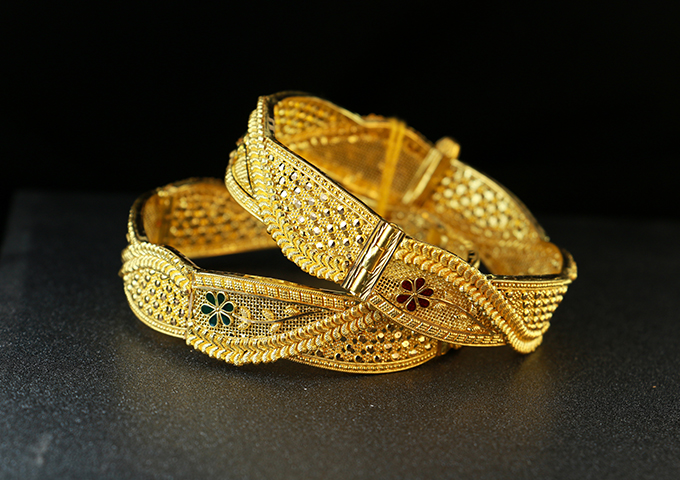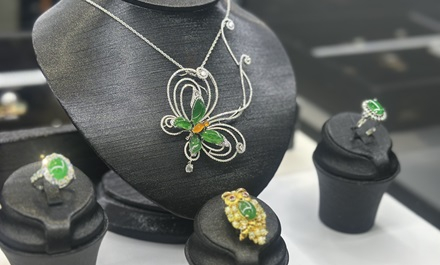Demand for gold jewellery rose 4 per cent year on year during the second quarter of 2022, buoyed by strong performances in India and the Middle East, the World Gold Council (WGC) revealed.
Data from WGC’s Gold Demand Trends Q2 2022 showed demand in China – a traditionally strong market for gold jewellery – was down 29 per cent, largely due to severe lockdowns coupled with rising inflation. This was offset by solid sales in India, which saw a 49 per cent demand surge, supported by bridal and festival buying. Rising oil prices meanwhile bolstered consumer sentiment and income levels in the Middle East.
Q2 2022 figures however still pale in comparison to pre-pandemic levels, WGC noted.
“While global jewellery consumption has recovered from the worst of the Covid-induced weakness seen in 2020, it has yet to regain the typical quarterly averages – of around 550 tonnes – that characterised the few years preceding the pandemic,” explained the council.
Consumers’ inability to spend due to major lockdowns and decelerating income growth effectively weakened China’s gold jewellery demand in Q2. Changing consumer behaviour was also a factor, with households opting to “save” on expenses due to Covid uncertainties and deteriorating confidence.
WGC said it expects continued weakness in the second half of the year as the country’s strict zero-Covid policy and weak domestic demand continue to weigh heavily on local economic growth and negatively impact gold jewellery demand.
In India, robust wedding and festival sales helped boost Q2 jewellery demand but prospects appear dim moving forward, according to WGC. “Amid healthy Q2 demand, the macroeconomic backdrop of a weaker currency, rising inflation and higher interest rates posed headwinds,” it added.
The report said 22-karat plain gold jewellery continued to dominate the Indian landscape, although more affordable 18-karat and 14-karat jewellery gained market share, particularly among younger consumers.
In the Middle East, rising oil prices supported gold jewellery demand across the region, boosting consumer sentiment and income levels, noted WGC.










